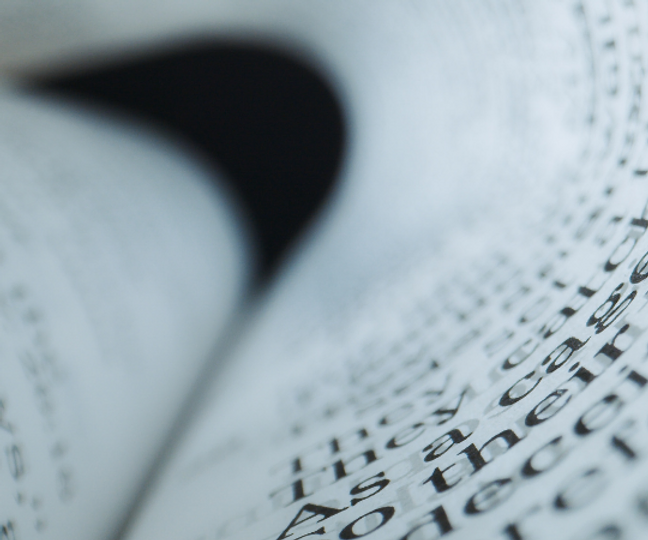In a book production unit, they are accountable for the book design, book layout, book printing, and/or ebook coding of the finished book. Here is the book production process:
Stages: Book Production Process
The book production begins formally when the acquiring book editor sends a copy editor the finished, edited book manuscript. The manuscript is then deemed to be “in production,” and the process of book page layout and design. Take note that while the book is being produced, the book is being developed concurrently.
Stage 1: Copyediting
The copy editor ensures that the final manuscript is consistent and free of typographical errors, spelling, and other errors. They correct the typographical errors and call attention to anything in the manuscript that is unclear. The copyedited manuscript is returned to the book editor and writer with the copy editor’s comments. The writer and editor respond to inquiries and advise on the finalization of the material.
The material has now been transferred to the design and layout department. However, the writer will not likely read the text until the page proofs are completed for publications that do not include illustrations or art programs.
Stage 2: Book Layout and Page Design
When it comes to publications that include art or illustration (cooking recipes, DIY instruction books)- the writer is involved in the page design process. While copyediting and proofreading are underway, the whole book is designed based on the ideas put forward by the editor and the creative team. The writer gets sample pages at this stage of the process.
Once the team has agreed on a design, a sample book is developed, and all parties analyze the page layouts to ensure they suit the content, determine the appropriateness of the art-to-text ratio, and make required revisions. There could be more than one sample book.
The writer gets page proofs of the text. Simultaneously, the editor, a proofreader, and several production team members check the page proofs. Typographical errors are corrected, and minor corrections are made. Subsequent fine-tuning in book layout and design may occur without the writer’s involvement.
Unfixed galleys, page proofs, or advanced reader copies of certain books may be produced and bound for the aim of advance book promotions and publicity.
Step 3: Book Printing
Typically, the writer has a slowdown in activity throughout the printing and shipping stages of book production. Following the completion of the pages, an index is generated, typeset and proofread.
Note: In most cases, the writer is in charge of indexing; this is specified in the book contract, and the cost is taken from the advance against royalties.
The files are currently being scrutinized for errors and prepared for manufacture. Copies of the final, clean files are delivered concurrently to the printer and binding, and a file converter prepares the files for the ebook edition.
The book is released from the press, and advanced copies are sent to the publisher. While samples are provided to the writer, editor, and agency, most books are utilized for promotional mailings to the media and by the sales department to disseminate to accounts.
The books are carefully packed and transported to the publication’s warehouse and the period required for book printing and shipping varies significantly. The completed books are then shipped from the warehouse to their destination (e.g., independent bookstores). Parallel to book printing and shipping, the book publisher correctly coded ebook files accessible to internet merchants through data feeds. Thus, readers may buy and download them directly from the bookseller’s website.
If you’re looking for a professional book marketing and advertising company, 20/20 Literary Group is the one you can rely on. Call us today at (888) 585-8423 or visit our website at twenty20literarygroup.com.


Thank you for finding this blog post interesting! Please stay tuned to our blog posts, as we might have more discussion about this topic soon.